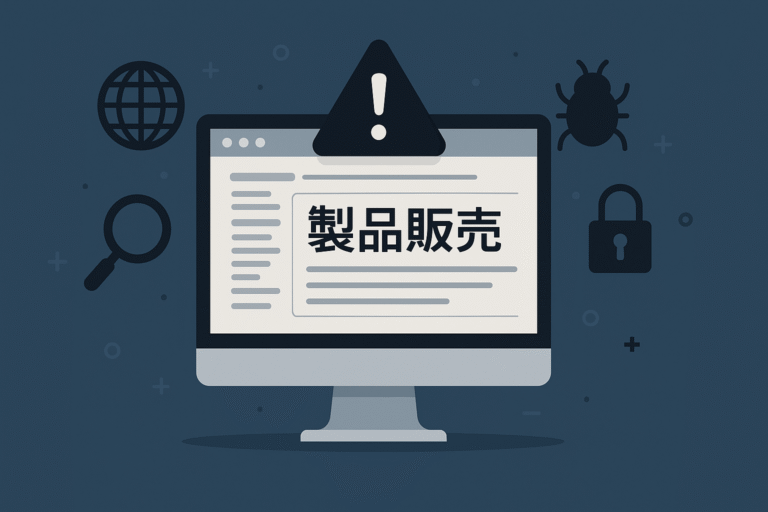Table of Content
- Step 1: Understand the Basics & Learn SEO
- Step 2: Conduct Keyword Research
- Step 3: Optimize Your Website’s Title Tags and Meta Descriptions
- Step 4: Optimise Your Website’s Header Tags
- Step 5: Optimise Your Website’s Content
- Step 6: Build High-Quality Backlinks
- Step 7: Optimise Your Website’s Loading Speed
- Step 8: Use Social Media Marketing
- Step 9: Monitor Your Website’s Analytics to Learn SEO
- Step 10: Stay Up-to-Date with SEO Best Practices
- Frequently Asked Questions
Looking to boost your digital marketing game and improve your website’s visibility on search engines? This blog walks you through 10 essential SEO steps—from understanding SEO basics and keyword research to optimizing content, improving site speed, and building high-quality backlinks.
Whether you’re new or experienced, this guide is perfect for anyone aiming to level up their digital marketing strategy. Keep reading to master SEO and drive more organic traffic!
Step 1: Understand the Basics & Learn SEO
Before you start optimising your website, it’s important to learn SEO & understand the basics of SEO. SEO involves both on-page and off-page optimisation techniques. On-page optimisation techniques involve optimising the content and structure of your website, while off-page optimisation techniques involve building high-quality backlinks to your website.
Some of the most important on-page optimisation techniques include optimising your website’s title tags, meta descriptions, header tags, and content. Title tags and meta descriptions are HTML elements that describe the content of your web pages.
They are displayed in the search engine results pages (SERPs) and can significantly impact your click-through rate (CTR). Header tags (H1, H2, H3, etc.) help organise your content and make it easier for search engines to crawl and understand your website. Finally, your website’s content should be well-written and optimised for your target keywords.
Off-page optimisation techniques include building high-quality backlinks to your website, social media marketing, and influencer marketing. Backlinks are links from other websites to your website. They are important because they signal to search engines that other websites consider your content to be valuable and relevant.
Step 2: Conduct Keyword Research
A very first step to learn SEO. Keyword research is the process of identifying the keywords and phrases that people use to search for your products or services. By understanding the keywords that your target audience is using, you can optimize your website’s content to target those keywords and improve your search engine rankings.
To conduct keyword research, start by brainstorming a list of keywords that are relevant to your business. You can then use keyword research tools like Google Keyword Planner or SEMrush to identify additional keywords and phrases that people are using to search for your products or services. Look for keywords that have a high search volume and low competition, as these keywords are often easier to rank for.
Step 3: Optimize Your Website’s Title Tags and Meta Descriptions
Title tags and meta descriptions are HTML elements that describe the content of your web pages. They are displayed in the search engine results pages (SERPs) and can have a significant impact on your click-through rate (CTR).

To optimise your website’s title tags and meta descriptions, start by including your target keyword in each element. You should also make sure that your title tags and meta descriptions are well-written and compelling, as this will encourage users to click through to your website.
Step 4: Optimise Your Website’s Header Tags
Header tags (H1, H2, H3, etc.) help organise your content and make it easier for search engines to crawl and understand your website. Your website’s main title should be wrapped in an H1 tag, and subheadings should be wrapped in H2 and H3 tags.
To optimise your website’s header tags, start by using descriptive and keyword-rich headings. This will make it easier for users to scan your content and understand what your website is about.
Keep reading further and learn SEO with us!!
Step 5: Optimise Your Website’s Content
Your website’s content is one of the most important factors in SEO. Well-written and optimised content can improve your search engine rankings and drive more organic traffic to your website.
To optimise your website’s content, start by including your target keyword in the first paragraph of your content. You should also use variations of your target keyword throughout your content, as this will signal to search engines that your content is relevant to the keyword. However, it’s important to avoid “keyword stuffing,” or the overuse of keywords in your content, as this can result in penalties from search engines.
In addition to using keywords, your content should be well-written and engaging. It should provide value to your readers and answer their questions. Use subheadings, bullet points, and images to break up your content and make it easier to read.
Step 6: Build High-Quality Backlinks
Backlinks are links from other websites to your website. They are an important factor in SEO because they signal to search engines that other websites consider your content to be valuable and relevant.
To build high-quality backlinks, start by creating high-quality content that other websites will want to link to. You can also reach out to other website owners and ask them to link to your content. This can be done through guest blogging, broken link building, and other outreach strategies.
It’s important to focus on building high-quality backlinks rather than quantity. A few high-quality backlinks from authoritative websites can have a greater impact on your search engine rankings than many low-quality backlinks.
Keep reading further and learn SEO with us!!
Step 7: Optimise Your Website’s Loading Speed
Website loading speed is an important factor in SEO. A slow-loading website can result in a poor user experience and lower search engine rankings.
To optimise your website’s loading speed, start by using a fast and reliable web hosting service. You can also optimise your website’s images, compress your website’s code, and use a content delivery network (CDN) to speed up your website’s loading time.
Keep reading further and learn SEO with us!!
Step 8: Use Social Media Marketing
Social media marketing can help improve your website’s SEO by driving traffic to your website and building high-quality backlinks.
To use social media marketing for SEO, start by creating high-quality social media content that includes links to your website. You can also engage with your followers and other users on social media to build relationships and encourage them to share your content.
Step 9: Monitor Your Website’s Analytics to Learn SEO
To learn SEO successfully, it is important to monitor your website’s analytics is important for understanding how your website is performing and identifying areas for improvement.
To monitor your website’s analytics, start by using a web analytics tool like Google Analytics. This tool will provide you with data on your website’s traffic, bounce rate, and other important metrics. Use this data to identify areas for improvement and adjust your SEO strategy accordingly.
Step 10: Stay Up-to-Date with SEO Best Practices
SEO best practices are constantly evolving, so it’s important to stay up-to-date with the latest trends and techniques.
To stay up-to-date with SEO best practices, follow industry blogs and websites, attend industry conferences and events, and network with other SEO professionals. Learn SEO and adapting your SEO strategy can help you stay ahead of the competition and improve your website’s search engine rankings.
To Learn SEO can seem overwhelming, but by following these ten simple steps, you can start optimising your website and improving your search engine rankings.
Learn SEO & Remember to focus on providing value to your users through high-quality content, building high-quality backlinks, and staying up-to-date with the latest SEO best practices. By doing so, you can drive more organic traffic to your website and improve your online visibility.
Frequently Asked Questions
What is SEO, and why is it important for my website?
SEO, or Search Engine Optimisation, is crucial for improving your website’s visibility on search engines like Google. It helps drive organic traffic to your site by ensuring it ranks higher in search results for relevant keywords.
How can I learn SEO basics effectively?
Learning SEO basics involves understanding both on-page (content optimisation) and off-page (backlinks and social signals) techniques. Start by researching and implementing fundamental strategies like keyword optimisation and content structuring.
Why is keyword research important in SEO?
Keyword research helps you identify the search terms your target audience uses. By integrating these keywords naturally into your content, you can increase the likelihood of your website appearing in search engine results pages (SERPs).
How do title tags and meta descriptions impact SEO?
Title tags and meta descriptions are vital SEO elements displayed in SERPs. Optimising them with relevant keywords and compelling copy can significantly improve your click-through rate (CTR) and search engine rankings.
What role do header tags (H1, H2, etc.) play in SEO?
Header tags organise content for both users and search engines. Properly using them with relevant keywords can enhance readability and SEO performance by making your content more accessible and understandable.
How can I optimise my website’s content for SEO?
Content optimisation involves strategically placing keywords, avoiding keyword stuffing, and creating valuable, engaging content. Use subheadings, bullet points, and multimedia to enhance readability and SEO effectiveness.
Why are backlinks important for SEO, and how can I build them?
Backlinks from reputable sites signal to search engines that your content is credible and valuable. Focus on creating high-quality content that naturally attracts backlinks through outreach, guest blogging, and networking.
How does website loading speed impact SEO?
Fast-loading websites provide a better user experience, leading to higher engagement and improved SEO rankings. Optimise loading speed by using reliable hosting, compressing images, and leveraging content delivery networks (CDNs).
Can social media marketing influence my website’s SEO performance?
Social media channels can drive traffic to your site and generate valuable backlinks, positively impacting SEO. Engage your audience with quality content and encourage sharing to enhance social signals that benefit your SEO efforts.
How can I measure the success of my SEO efforts?
Monitoring website analytics using tools like Google Analytics helps track metrics such as traffic sources, bounce rates, and keyword performance. Use this data to assess SEO effectiveness and make informed adjustments to your strategy.







